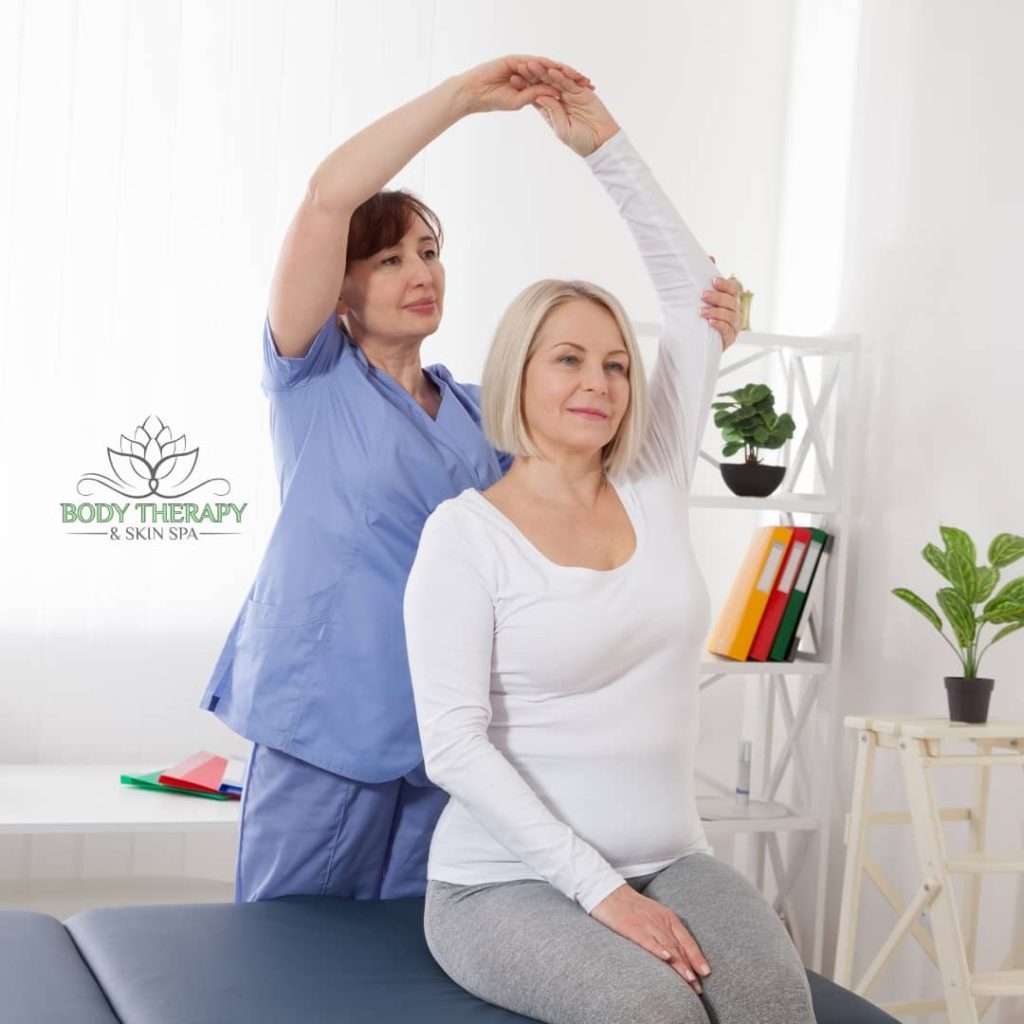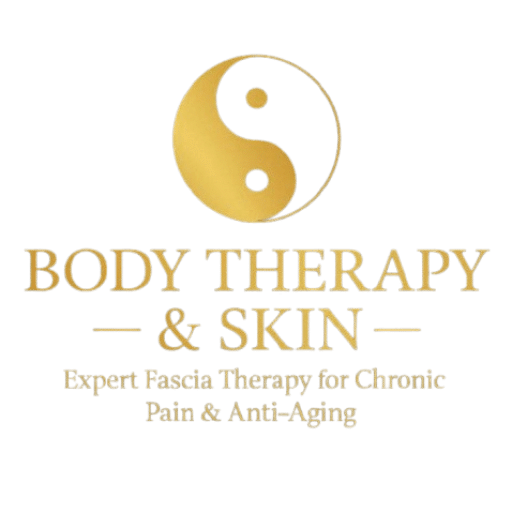In today’s fast-paced world, where physical fitness and well-being have become increasingly important, it’s essential to optimize our exercise routines and explore innovative techniques that can enhance our performance. Assisted stretching is a highly effective method that not only improves flexibility but also helps prevent injuries and promotes overall athletic development. In this article, we delve into the world of assisted stretching techniques, shedding light on their benefits and providing you with valuable insights to unlock your full potential.
The Science Behind Assisted Stretching

Assisted stretching is based on the principles of proprioceptive neuromuscular facilitation (PNF) and myofascial release. PNF involves a combination of stretching and contracting specific muscle groups to increase the range of motion. Myofascial release targets the fascia, a connective tissue that surrounds and supports muscles, promoting relaxation and improved mobility.
The Benefits of Assisted Stretching
Enhanced Flexibility and Range of Motion
One of the primary Benefits of Assisted Stretching is its ability to enhance flexibility and increase the range of motion in joints. By targeting specific muscle groups and employing various assisted stretching techniques, assisted stretching allows you to achieve deeper stretches and reach new levels of flexibility. This improved range of motion can greatly benefit athletes, dancers, and individuals engaged in physical activities.
Injury Prevention and Rehabilitation
Regularly incorporating assisted stretching into your fitness routine can significantly reduce the risk of injuries. By improving flexibility and joint mobility, assisted stretching helps to maintain proper alignment, minimize muscle imbalances, and alleviate stress on the body. It is particularly beneficial for individuals recovering from injuries as it promotes healing and prevents future setbacks.
Improved Performance and Muscle Activation
Assisted stretching primes your muscles for optimal performance by activating and engaging them in a controlled manner. You can enhance muscle activation, strength, and endurance by incorporating PNF techniques, which involve contracting and relaxing specific muscles. This leads to improved athletic performance and overall functional fitness.
Stress Relief and Relaxation
In addition to its physical benefits, assisted stretching offers significant mental and emotional advantages. The rhythmic, gentle movements during a stretching session promote relaxation, reduce stress levels, and improve overall well-being. It serves as an excellent way to unwind after a long day or intense workout, providing both physical and mental rejuvenation.
Assisted Stretching Techniques
Now that we’ve explored the numerous benefits of assisted stretching, let’s delve into some key techniques that can revolutionize your fitness routine:
1. Static Assisted Stretching
This technique involves holding a stretch for a specific duration with the assistance of a partner or a professional. Static-assisted stretching is particularly effective for targeting specific muscle groups and gradually increasing flexibility over time.
2. PNF Stretching
Proprioceptive neuromuscular facilitation (PNF) stretching techniques involve a combination of stretching and contracting muscles. By actively engaging the muscles before stretching, you can achieve deeper and more effective results. This technique is highly beneficial for athletes looking to enhance their performance and flexibility.
3. Active Assisted Stretching
Active-assisted stretching combines the benefits of active stretching and external assistance. It involves actively contracting and relaxing specific muscles while receiving support from a partner or a stretching device. This technique aids in increasing joint mobility and range of motion.
4. Myofascial Release
Myofascial release techniques target the fascia to release tension and improve flexibility. It involves applying gentle pressure to specific areas of the body, promoting relaxation and enhanced muscle mobility. Foam rollers and massage balls are commonly used tools for myofascial release.
Conclusion
Incorporating assisted stretching techniques into your fitness routine can be a game-changer in unlocking your full potential. From enhanced flexibility and injury prevention to improved performance and stress relief, the benefits of assisted stretching are truly remarkable. By exploring various techniques like static stretching, PNF stretching, active assisted stretching, and myofascial release, you can optimize your fitness journey and achieve greater results than ever before. Embrace the power of assisted stretching and take your physical well-being to new heights.


